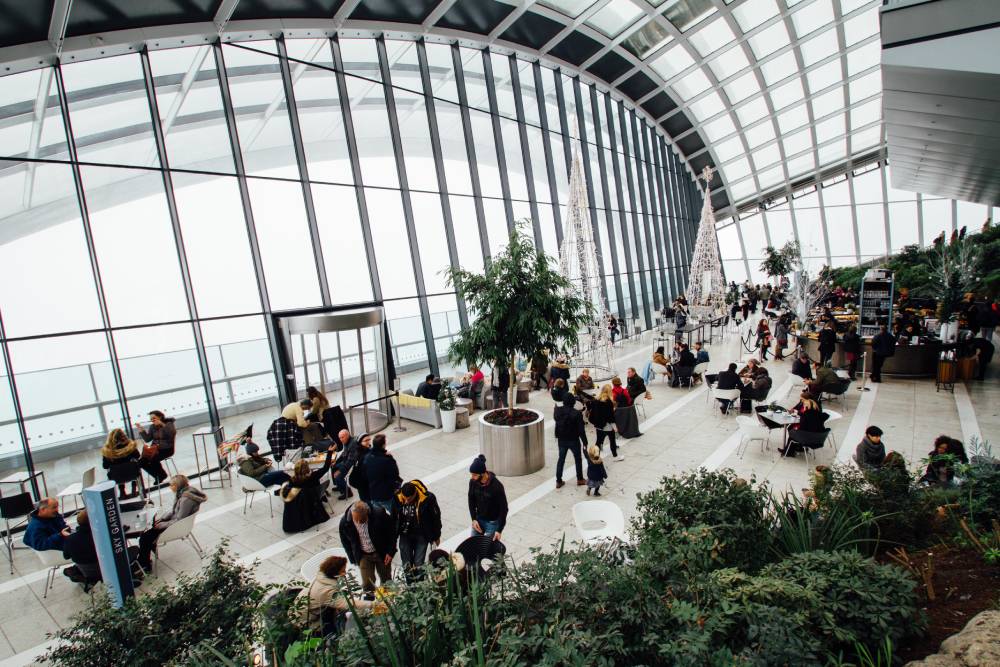3D Time-of-Flight (ToF) sensors typify the sort of measurement solutions being implemented in non-industrial settings as part of the wide-scale trend towards Industry 4.0. and Internet of Things (IoT).
IoT refers to an ongoing transformation in business and infrastructure which is characterized by greater levels of automation and digitization. This is utterly reliant on innovative sensing solutions (i.e. 3D ToF Sensors) that can obtain accurate data in real-time and rapidly adjust the relevant parameters and provide the correct response.
3D Sensing technology: Beyond the Production Line
The success of smart sensing elements, like 3D ToF Sensors, is by no means confined to business and industrial environments. Over 200 million households in Europe are expected to have installed smart energy meters by 2023, providing tangible energy savings and long-term cost reductions in domestic gas and electricity bills.
This drive to reduce energy consumption through digital optimization has permeated through to the workspace too. Buildings account for 30% of global greenhouse gas emissions, a significant amount of which could be mitigated through greater occupancy monitoring and responsiveness to weather variations. It is in the interests of employers and building managers, therefore, to move towards smarter building management in a bid to meet their sustainability goals and driving down unnecessary costs.
What is a Smart Building?

Smart buildings exemplify the success of building automation: The centralized and automated control of building systems that impact energy and workflow efficiency (HVAC, lighting, security, etc.). Each of these sub-systems typically communicates via Internet of Things (IoT) interconnectivity and may further communicate with the building’s facility managers dashboards, providing actionable data that can be used to back up decisions on how to rearrange the spaces, optimize costs and energy expenditure.
Using 3D ToF Sensors in Smart Buildings
At the smallest scale, smart buildings are reliant on individual small-form devices that acquire analog information in situ and continuously / periodically output signals to the central control system.

3D ToF sensors, for example, capture movement, measure volume, or recognize gestures to provide real-time information about occupants within the sensor’s field-of-view.
Also known as depth cameras, 3D ToF sensors are like standard ToF sensors except they acquire a matrix of proximity readings across a wider field-of-view. The Terabee 3Dcam 80×60, for instance, has a 74° x 57° field-of-view. This provides the foundation for depth distance measurements optimized for indoor applications – given the technology’s comparatively short range.
In the context of energy conservation, 3D ToF sensors can be used for occupancy-monitoring to autonomously manage power by switching off lights and reducing HVAC outputs in unoccupied rooms. Yet this is a fairly common application of an innovative technology.
Increasingly, 3D ToF sensors are used for long-term building management and monitoring to inform foundational space optimization processes. Research has shown that many companies can effectively afford to reduce their business space by up to 30%, which means poor utilization of space represents a significant unnecessary expenditure. 3D ToF sensors can provide the information required to cut out the costs of wasted space. They can obtain traffic and peak footfall information in virtually any interior space, helping companies optimize the way they use their workplaces to improve both sustainability and workflows.
3D ToF Sensors from Terabee
At Terabee, we are confident in the performance of our 3D ToF sensors for indoor applications as we have implemented people counting solutions in our clients’ premises and even our own office space over the past 18 months.
This data is already proving invaluable in making decisions about future office space and real-estate needs. If you would like to read more about how we are enabling smart building capabilities.

